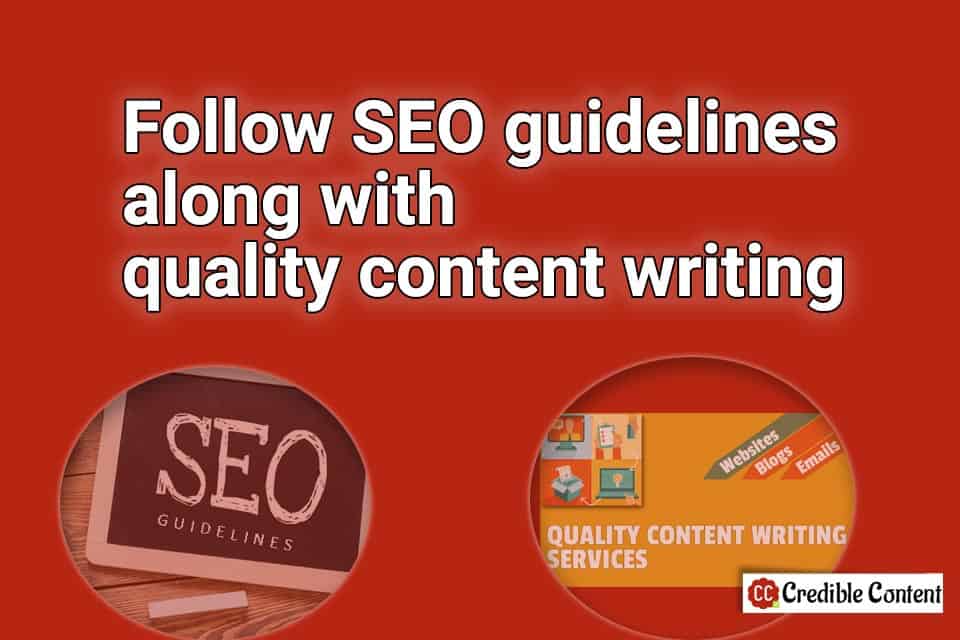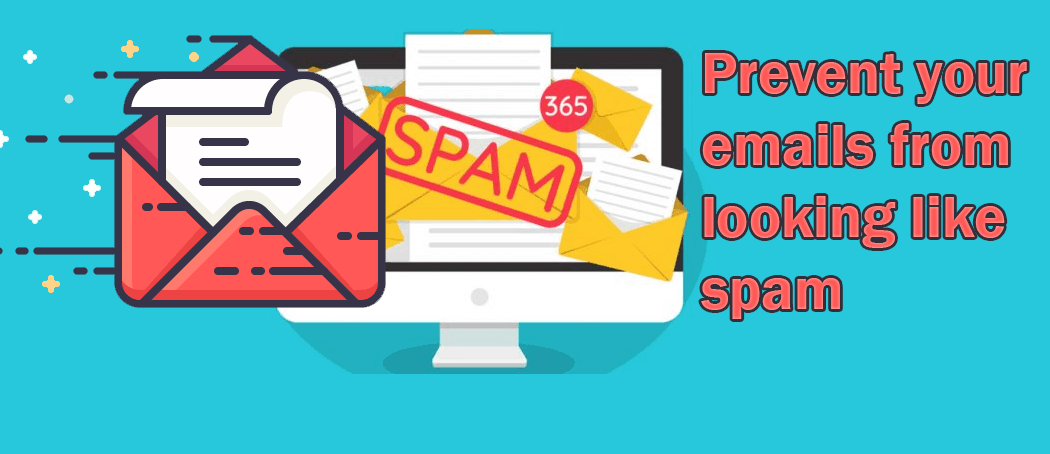Do you often wonder why your blog or website doesn’t rank well despite continuously publishing quality content? Why doesn’t quality content writing improve your SEO the way it should?
Just now I came across this wonderful and comprehensive post on Content Marketing Institute about why it is important that you follow SEO guidelines and don’t assume that just because you are publishing great content, Google is going to rank you well.
The post explains, with examples, some websites having high quality content but not ranking well for the target keywords and some websites with low quality content ranking well.
Why does this happen?
Following SEO guidelines while writing quality content makes a big difference
You may also like to read 10 fundamental qualities of effective SEO content writing.
I have often written on my blog that you should never compromise with quality because ultimately, it’s your quality that sustains and improves your SEO.
But, how do you get your content indexed and ranked in the first place and why is it necessary to get indexed and ranked in the first place?
I will share my personal experience and I have made this observation with multiple websites, blogs, web pages and blog posts.
In the beginning when you publish a blog post or a web page Google crawls it, indexes it and then ranks it according to its analysis.
For this, it uses SEO guidelines. I will come to these SEO guidelines later.
Then, when your content has begun to appear on search results, with the help of its users, Google begins to evaluate your quality and thereupon, it’s your quality that decides whether you’re going to maintain your search engine rankings, improve them, or lose them.
Why following search engine guidelines is important while writing?
The above Content Marketing Institute blog post gives examples of websites that rank well despite having low quality content.
Just an extra remark: the “low quality” websites used in the above example don’t necessarily have irrelevant or misleading content; it is just that, the quality of the written content is lower compared to high quality content on their websites that are not ranking well.
These websites make strategic use of their keywords in the title, the headline and the subheading.
Your keyword must be in the HTML title tag.
Then, your keyword must be there in the headline.
Then your keyword and its various combinations must be there in the subheadings.
Then, of course, there must be a careful sprinkling of your keyword and LSI alternatives throughout your text.
This is the standard SEO guideline that I follow.
Google has published its own search engine optimization guidelines, something straight from the horse’s mouth.
I follow these SEO guidelines along with ensuring that I write quality content.
Following these guidelines in the beginning helps your content get crawled, indexed and ranked for the first time.
Despite what Google says about only quality mattering, in the beginning, I have observed, it does not.
Quality begins to matter afterwards when your content is already indexed and the search engine users have begun to interact with it.
Why following the SEO guidelines matters in the beginning?
Google needs to make sense of your content before it can index and rank it.
Kindly note that this is not a hard and fast rule because sometimes websites and blogs randomly get ranked even without mentioning the search query being used even once.
Anyway, in the beginning, the keyword in your title (the keyword can be a phrase or a search term targeting an audience) appears as a hyperlink in the Google listings.
It has been observed that if the search term that the search engine user has just used appears as a hyperlink in the search results, there is a greater probability of her clicking the link.
This shows how important the text appearing within your title tag is – Google uses it as a hyperlink.
In fact, every search engine, and even social media websites, use the text in your title tag as a hyperlink.
Then, Google evaluates your headline to see what it contains to make further sense of your content.
Then, it begins to analyze your whole content and then uses its algorithm to index it and rank it.
This is one part of the story.
How quality content writing impacts your SEO
Once your content begins to appear in search results, people begin to react to it.
Suppose, someone searches for “content writing service to improve my SEO” and comes to my website.
She finds lots of useful information and consequently, she spends some time on my website exploring it further.
Since it’s only the quality and relevance that can keep her on the website, quality content writing plays a very important role here.
If she comes back to Google after a few minutes and carries on with the same search, Google assumes that although my website contains some useful information on the search she just carried out, she needs more information.
It may or may not improve my rankings for “content writing service to improve my SEO”.
Instead, after visiting my website for the first time if she comes back within a couple of seconds or a few seconds, it sends signals to Google that my website does not contain relevant content for the search term she just used.
Google takes it as an indication that my website shouldn’t be ranking at this particular spot for the search term just used, and hence, lowers my rankings for at least this keyword.
Quality content doesn’t mean you ignore SEO guidelines, and vice versa
Google is an algorithm, after all.
It often comes to light that Google uses human evaluators in many cases, mostly, but when it comes to processing millions of web pages every hour, it is the algorithm that analyzes your content and ranks it.
After that, how humans react to your content begins to either pay off or take its toll.
Hence, when writing content, you need to pay close attention to both its quality as well as SEO guidelines so that it becomes easier for search engine crawlers and ranking algorithms to make sense of your content for the first time, and each time your content is crawled, indexed and ranked.
How to strike a balance between SEO guidelines and quality content writing
It isn’t very difficult, actually.
Publish as much topical content as you can.
What is topical content?
Topical content is content that talks about a topic: for example, my this blog post talks about why it is important to not to neglect SEO guidelines even when you are writing quality content.
To my utmost knowledge and effort, I’m paying very close attention to the quality of my writing.
I have used the keywords “SEO guidelines” and “quality content writing” at all the necessary places including the title tag, the headline and all over the body text.
I follow this template for my own blog posts, my own web pages and also, when I’m writing for my clients.
Most of the clients, when they decide to hire my content writing services, don’t know how my process flows to accommodate both the search engine whims and the expectations of human visitors.
They just give me the topic. Or just a random list of keywords.
Then, I make sure that when I’m writing quality content, I also organize the content keeping the search engine guidelines in mind





